The 10 Biggest Scandals of The Plaza

Manhattan's legendary The Plaza hotel has seen a lot in its 129-year history. Alfred Gwynne Vanderbilt, who grew up across the street on the corner that is now Bergdorf, was the first to sign the guestbook when the hotel opened its doors in 1907 (the original building was built elsewhere in 1890 but it was demolished and The Plaza reopened as its current iteration). It was the place to be at the height of the Jazz Age, providing the perfect backdrop for all the would-be Jay Gatsbys of the world. And who can forget 1966's Black & White Ball, when Truman Capote filled the ballroom with his fanciest friends, among them Lee Radziwill, Candice Bergen, and Princess Luciana Pignatelli. Then there is Eloise, the hotel's most beloved resident, who helped usher in a new generation of Plaza devotees as the heroine of her own story.

In her new book, The Plaza: The Secret Life of America's Most Famous Hotel, journalist Julie Satow goes much deeper beneath the glittering facade of Manhattan's grande dame to reveal the lesser-told stories of murder, bankruptcy, and scandal that once haunted its gilded halls. There are bitter divorce battles, jewelry heists, shady dealings, and, inevitably, a Trump connection.
Here are the ten juiciest things we learned about the storied hotel:

The Hotel Was Built on Top of a Murder Scene

In the summer of 1906 during The Plaza's construction, tensions between union and nonunion laborers were high, often resulting in union workers violently harassing and intimidating their non-union counterparts. Retired cops Michael Butler, John J. Cullen, and William O'Toole were hired as security guards to keep the peace. Instead, one July morning, ironworkers ganged up on them and beat them with tools and fists. Butler died from fractured ribs, a broken breastbone, and severe internal bleeding, while the other two sustained serious injuries.
The Plaza Served the Best Air-Literally
Long before air filtration systems became de rigueur in luxury homes, The Plaza did it first. When it opened its doors, it was the most expensive hotel in the city's history and it made sure guests understood why. A ventilation system was installed to purify the oxygen that flowed into the building. There were also sophisticated thermostats that made sure temperatures remained ideal at all times and ultra-modern refrigeration equipment that not only provided ice for drinks, but also worked to cool a storage room for guests' fur coats on the 17th floor.
A German Spy Was Living at the Hotel When America Entered World War I
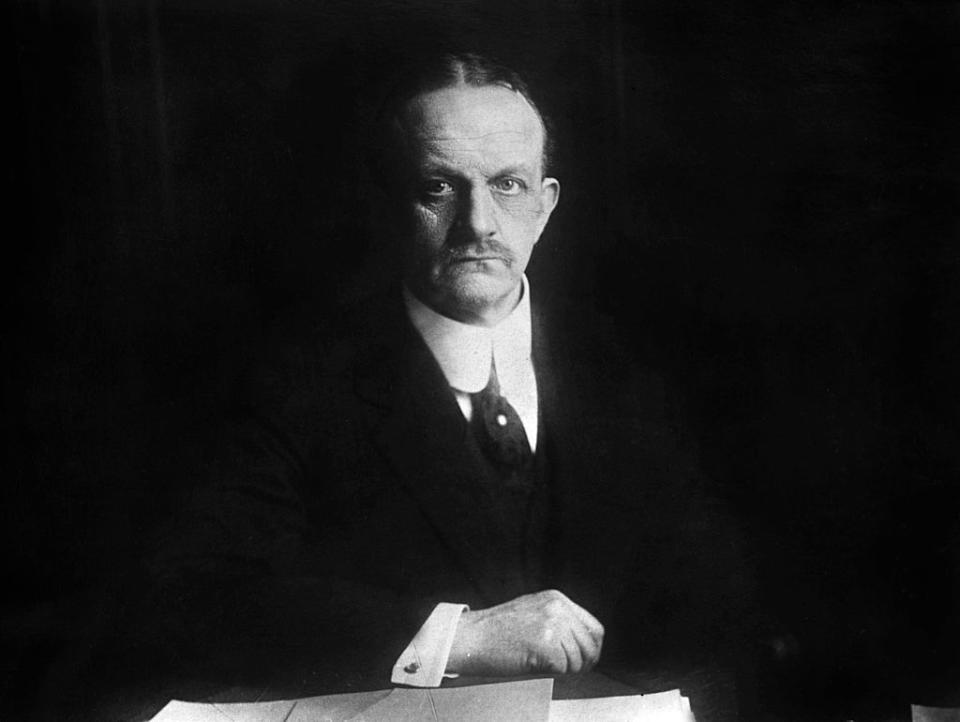
The U.S. officially entered the war against Germany in April 1917. The German ambassador, Count von Bernstoff, was staying at the Plaza at the time with his wife. And during his stay there, in between attending the horse shows at Madison Square Garden, he had been working with a spy, Paul Bolo Pasha, to garner support for a peace agreement between France and Germany. They were ultimately unsuccessful and Pasha was arrested as a traitor when he returned to his native France.
$10 Million Worth of Jewelry Were Stolen From a Woolworth Heiress's Suite
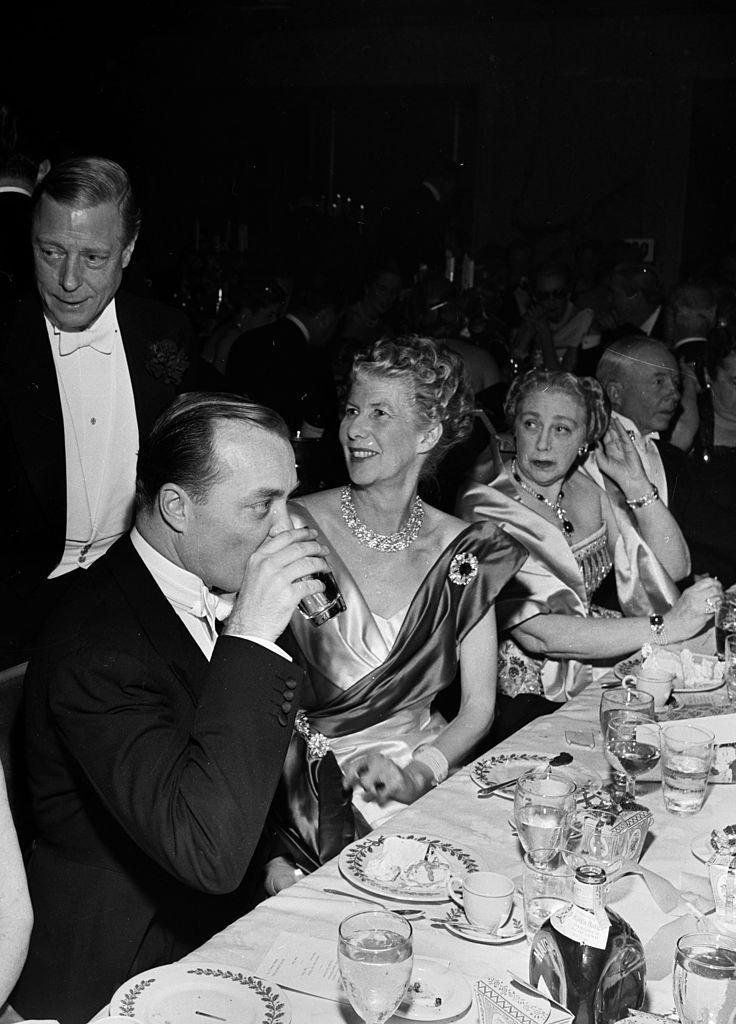
In 1925, Jessie Woolworth, a daughter of five-and-dime store magnate Frank W. Woolworth and an aunt of Barbara Hutton, was living in a six-room suite at the Plaza. One day while she was in the bath, a thief walked into her room (she had accidentally left the key in the door) and made off with a strand of Cartier pearls and a 10-carat diamond ring. A detective was hired to investigate and recover the jewels, which he did, but because the thief was never found, the detective ended up getting charged. He was eventually acquitted.
Conrad Hilton Was Not Well-Liked
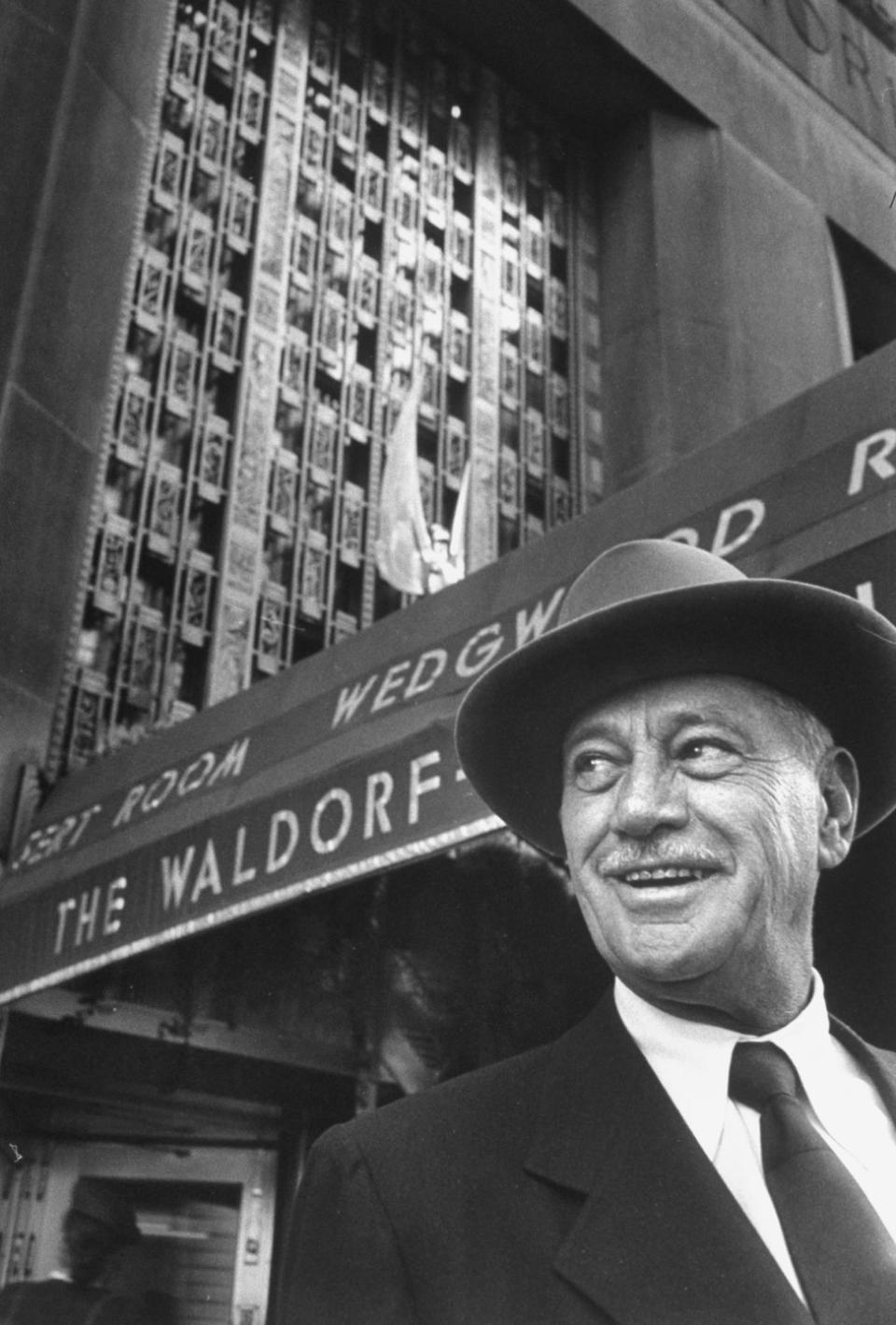
The hotelier's purchase of The Plaza for $7.4 million in 1943 was the first time the hotel changed hands since it opened. "From the start, Conrad Hilton, a six-foot-two Westerner with a movie star wife and a mansion in Los Angeles, struck fear in the hearts of Plaza traditionalists," writes Satow. What's more, Hilton's purchase came in the midst of World War II and sky-high unemployment rates in New York. Wartime rationing brought on measures like no extra toilet paper in the bathrooms, smaller napkins, no more free coffee refills, and Meatless Mondays. Nevertheless, Hilton spent $6 million refurbishing and updating the hotel, irking loyalists. They eventually came around, though, thanks to business picking up.
The Beatles Were Denied a Reservation
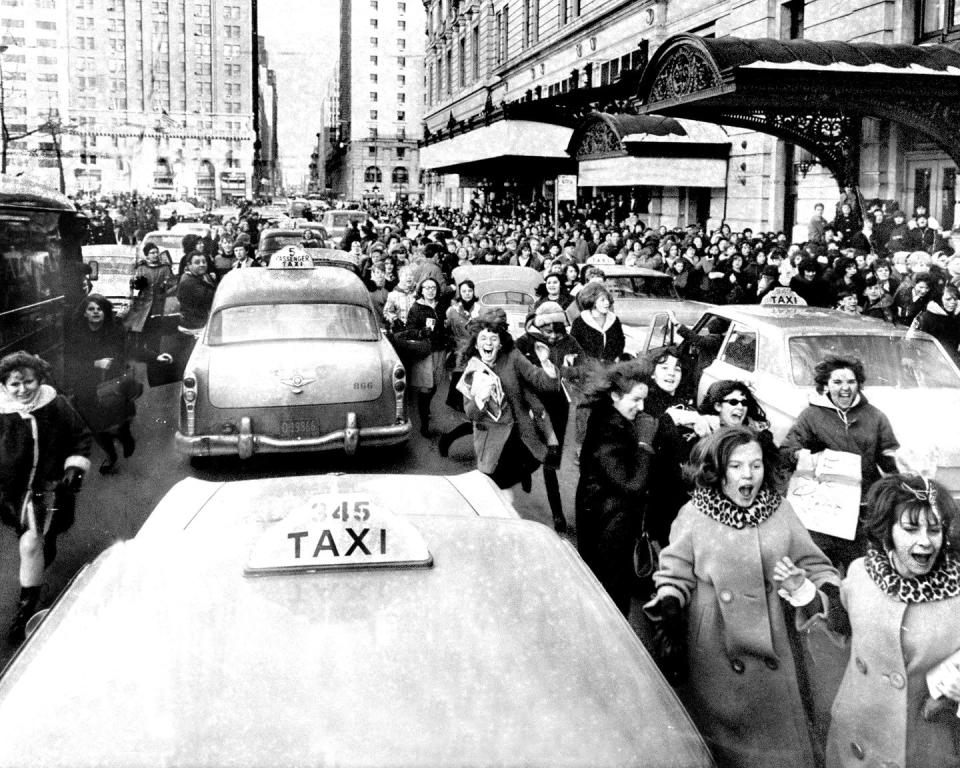
In 1964, the Beatles were preparing to make their first-ever U.S. visit and decided to stay at The Plaza. However, the manager of the hotel, Alphonse Salomone, worried that the band would make too much trouble and declined their reservation. He would only change his mind after his 12-year-old daughter threw a hysterical fit. Obviously, he made the right choice. The Beatles' New York arrival would become a historical moment, and the thousands of screaming girls trying to push past police officers outside the hotel-while certainly a headache for staff-would prove good for business. Plus: "The Beatles were exceptionally well behaved. No noise...No nothing," recalled Salomone.
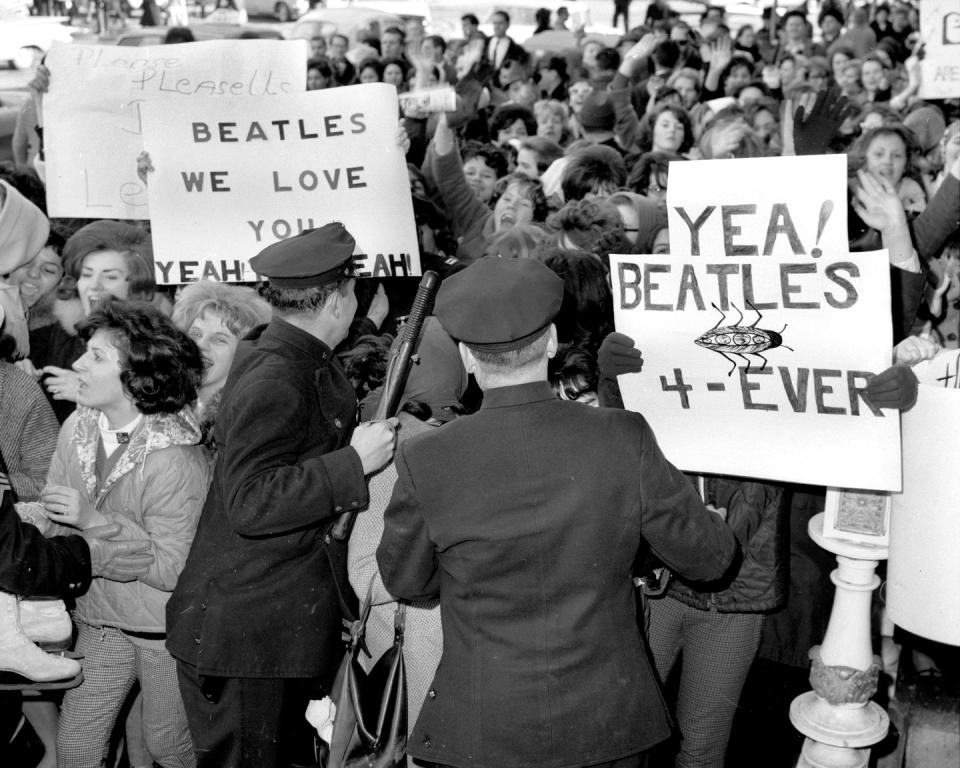
The 70s Brought Bomb Scares, Prostitutes, and Armed Robberies
Corruption, terrorism, crime, and a financial crisis were the hallmarks of New York life in the 1970s. The city almost went bankrupt in 1975 before being saved by the teachers union and a sanitation strike left a heap of garbage next to The Plaza that was seven feet tall and five feet wide. There was also the Etan Patz disappearance and the citywide blackout of 1977. The Plaza was hardly immune. In 1972, more than a dozen staff were taken hostage by armed men who raided the hotel safe and stole $265,000 worth of treasure, including an emerald tiara. The year after notes were sent to the hotel threatening to blow it up unless a ransom was paid. Though it was signed by "Black September," a Palestinian terrorist group, it turned out to be the work of a housepainter in need of money to start a restaurant. And there were more incidents: A doctor was attacked by someone wielding a knife when he answered the door to his suite and two couples were robbed at gunpoint coming out of a gala. Two prostitutes mugged a politician outside the hotel's entrance, an incident that contributed to Central Park South being nicknamed "Prostitutes' Promenade."
Trump Led the Plaza to its First Bankruptcy-and He Spied on His Enemies
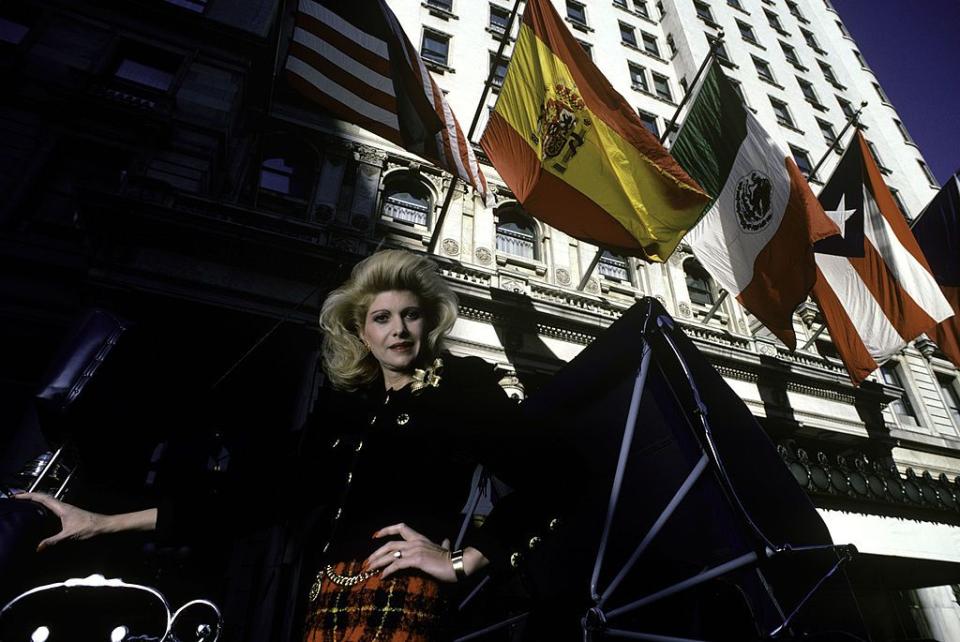
According to Satow, when former manager Alphonse Salomone's widow Bernadette visited during Donald Trump's seven-year tenure as the hotel's owner, she was asked if she wanted to see her old suite. "I said I would love to, so we went up there and it was like a gold whorehouse. I don't see how you could have lived there without sunglasses it was so bright. That was the '80s, of course," she told Satow.
Trump was fixated on buying the hotel since the '70s. By 1988, he finally got what he wanted, thanks in part to the financial troubles of The Plaza's then-owner, Westin. He bought the hotel for more than $400 million, entirely with borrowed money. Trump then installed then-wife Ivana as president, the first woman to hold that title, only to soon publicly embarrass her at a press conference by saying, "My wife, Ivana, is a brilliant manager. I will pay her one dollar a year and all the dresses she can buy!" Nevertheless, Ivana took her job seriously: lemon wedges had to be cut a certain way, every single towel had to be folded exactly the same, green hallway carpets were replaced with those in red and gold, all the gold paint was redone in real gold leaf, and a new dress code prohibited shorts and jeans.
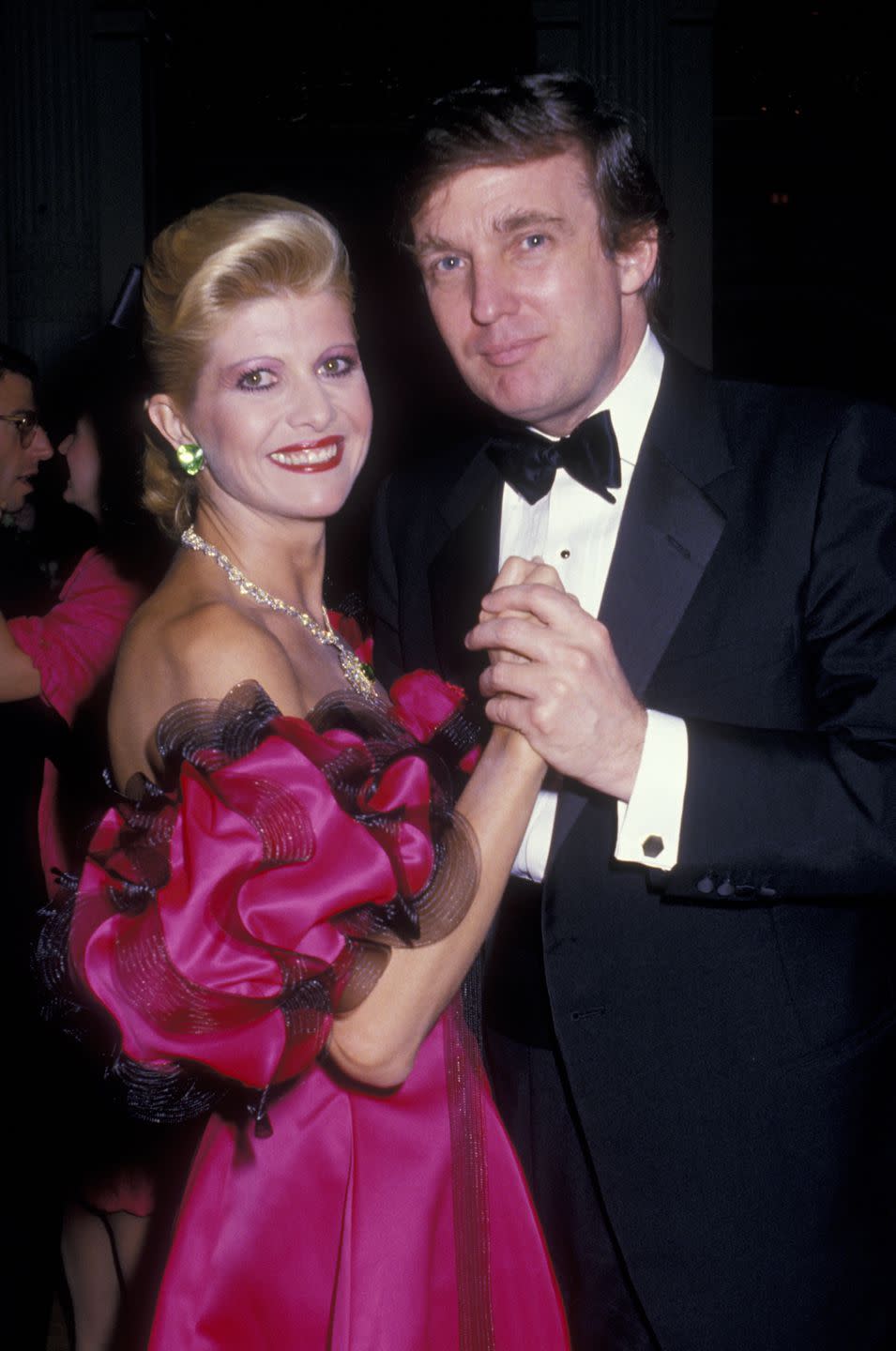
The good times were short-lived. First, the Trumps' divorce fight would spill into halls of the hotel. Then, by the '90s, Trump found himself in debt. He was forced to file for bankruptcy, The Plaza's first, but didn't give up so easily. Citibank, the hotel's creditor, was close to reaching a deal for a Singaporean billionaire, Kwek Leng Beng, and a Saudi prince, Prince Alwaleed bin Talal bin Abdulaziz Al Saud, to become new partnered owners of The Plaza. In an effort to undermine the deal, which was being discussed in the hotel's Vanderbilt suite, a Trump executive hid for ten days in a secret room of the suite to eavesdrop. Trump still lost.
Condominium Owners Have Been a Who's Who of Celebrities, Moguls, and a Few Shady Individuals

When El Ad Properties bought the Plaza in 2004 and promptly started converting hundreds of rooms into 152 luxury condominium units, the offers started pouring in. Tommy Hilfiger bought a penthouse and Patriots owner Robert Kraft bought two units and combined them-the latter was recently implicated in a prostitution sting in Florida. Then there was real estate developer Harry Macklowe, who is now infamous for his nasty divorce battle with ex-wife Linda, which included their place at The Plaza and the multimillion-dollar art collection they put in there (he also made headlines for plastering his and his new wife's face on the facade of 432 Park Avenue, his most high-profile development). He was the owner of The Plaza's most expensive apartment, a 13,000-square-foot home he bought for $51.5 million.
Then there were the buyers with murky sources of wealth. The prime minister of Vanuatu, whose personal accounts were padded with aid that was supposed to go to his country after a devastating hurricane in 1992, paid $15 million all cash for a 16th floor unit. The brother of Kazakhstan's dictator bought a $20 million apartment for his wife and later, when he had to provide proof he used his own money for the purchase, couldn't. Lev Leviev, the Israeli diamond tycoon, was one of the first to purchase a condo at The Plaza-he was busted last year for smuggling, money laundering, and fraud. His son and brother were arrested while Leviev himself fled to Russia.
The Apartments Turned Out to Be a Very Bad Investment

While selling units for The Plaza's condominiums, El Ad didn't let anyone look at their apartments before purchasing because they were still under construction. When they were ready in 2007, some buyers were in for a rude awakening. There were missing doorknobs and allegations that cheap Chinese marble was used instead of Italian, and that carpets were cut and pieced together. Then it got worse. Russian billionaire Andrey Vavilov paid $53.5 million (more than Macklowe) for a duplex and triplex on the top floors that he would combine. When they were ready, his wife Maryana arrived to tour their new home. She left in tears-windows were small and sloped into the apartment like skylights, drainage grates blocked their Central Park view, and a giant column sat in the middle of the living room. The matter was eventually settled with Vavilov just buying the duplex for $11.2 million. Hedge funder Scott Shleifer had the same problem with his penthouse and ended up walking away from his $6 million deposit. Those who did move in would find the halls practically deserted. Two-thirds of the owners were part-time or absentee.
The opening of the condominiums also happened to coincide with the 2008 recession. Some could no longer afford to close, and others quickly sold, usually at steep discounts. Writes Satow, "Of the thirty worst money-losing Manhattan home sales between 2007 and 2017 on properties above $4 million, eight were at the Plaza...Owners at the building collectively lost more on their resales than at any other building in Manhattan."
('You Might Also Like',)

